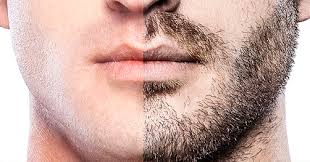Proper Oral Hygiene: Brush your teeth at least twice a day and floss daily to remove food particles and plaque that can lead to foul-smelling breath. Tongue Cleaning: Use a tongue scraper or the back of your toothbrush to gently clean your tongue, where odor-causing bacteria can accumulate. Stay Hydrated: Drinking plenty of water helps keep your mouth moist and reduces the buildup of bacteria that causes bad breath. Watch Your Diet: Avoid strong-smelling foods like garlic and onions, and opt for breath-freshening choices like apples, carrots, or celery. Sugarless Gum: Chewing sugarless gum stimulates saliva production, which helps rinse away bacteria and freshen your breath. Regular Dental Checkups: Schedule routine visits to your dentist for professional cleanings and to address any underlying oral health issues. Quit Smoking: Smoking not only causes bad breath but also contributes to various dental problems. Quitting can significantly improve your breath and overall oral health
b-clinica
-
istanbol-turkey
-
-
-
-
-
-

How to Prevent Dental Caries
Learn How to Prevent Dental Caries - Your Ultimate Guide to a Healthy Smile!" In our latest news update, we bring you essential tips on how to prevent dental caries, commonly known as tooth decay. Maintaining a healthy smile is crucial for overall well-being, and our dental clinic is committed to helping you achieve just that. Dental caries can cause pain, discomfort, and potential complications if left untreated. However, with the right preventive measures, you can safeguard your teeth and keep cavities at bay. Our comprehensive guide covers key preventive strategies, including proper brushing and flossing techniques, the importance of regular dental check-ups, and practical dietary choices that promote oral health. We also emphasize the significance of limiting sugary foods and beverages, as they can contribute to tooth decay.

Mustache and beard transplantation
The follicular density to be implanted is highly variable; the higher the density, the thicker the result, and the lower the density, the larger the beard should be to cover the spaces. The quantity is determined factoring in the expectations of the patient, the size of the face, the design of the implantation, the square centimeters to be implanted, the quantity of FUs to be implanted per centimeter, the thickness of the hair to be transplanted, the amount of preexisting hair in the recipient area, and, mainly, the quantity of FUs that can be harvested from the donor area.



